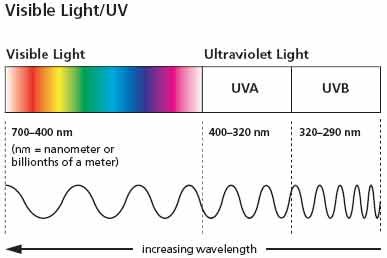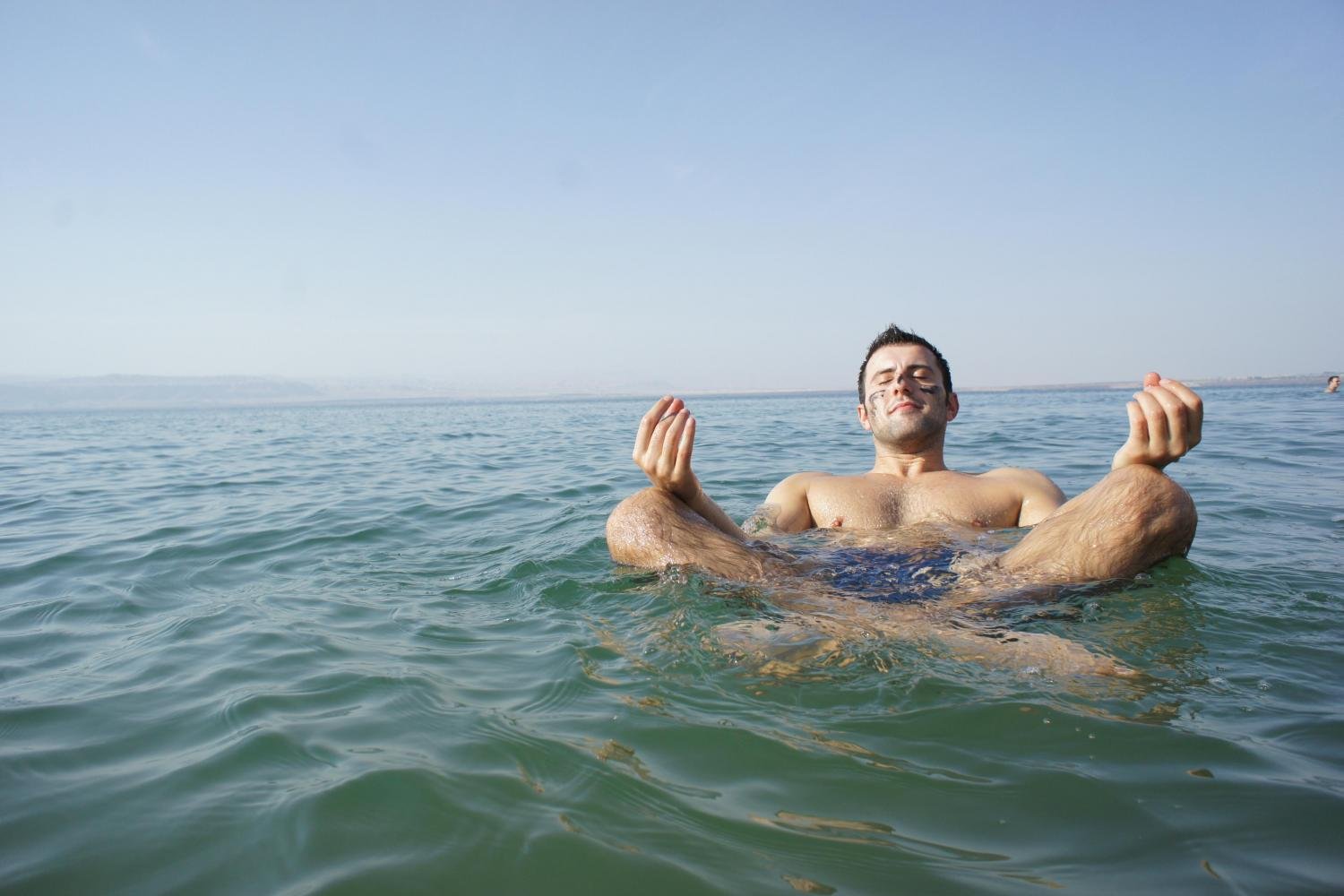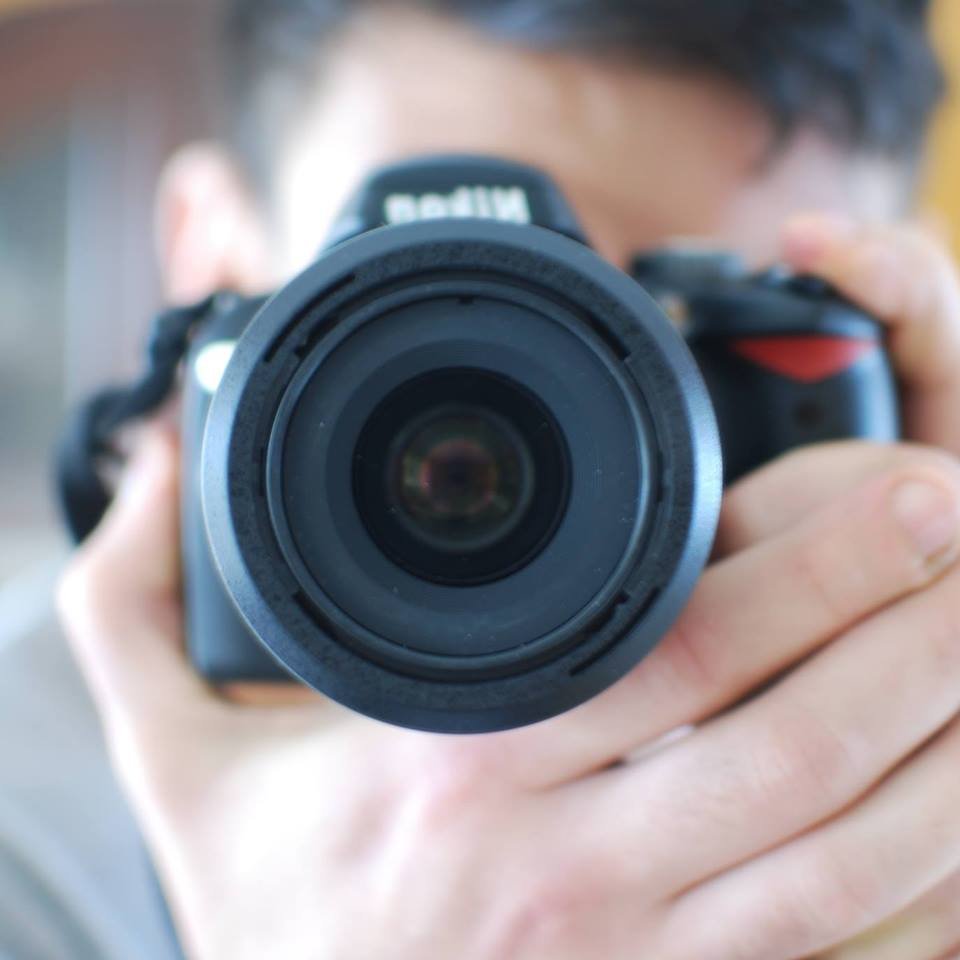One factor which I’m convinced helps with my eczema is the sun, the old fashion UV radiation from the burning ball in the sky. It turns out that my hunch was not wrong, in fact there is a medical treatment which replicates this marvellous phenomenon. It’s called phototherapy. In truth phototherapy refers to any light treatment but for the duration of this article, and in the case of eczema, let’s just assume we are talking about UV light.
Phototherapy (or UV therapy in our case) is available in three variations: UVA, narrow band UVB and broad band UVB. All three, as their names suggest, utilize UV rays but different wavelengths within the UV spectrum (UVC also exist but let’s just ignore that). Just like how visible light can be split into the colours of the rainbow, UV light can be split into band A (UVA) and band B (UVB). Each band represents a different range of wavelengths with UVA being the longer and UVB the shorter. The sun emits both but eczema treatments tend to focus on one or the other.

The shorter the band of light the more its ability to pass though objects diminishes, consequently UVB tends to only affect the upper layers of skin and narrow-band UVB is most commonly used in eczema (and psoriasis) treatments.
Interesting fact: UVC is even shorter than UVB and consequently mostly absorbed by the ozone layer.
How UV Phototherapy Helps Eczema (and psoriasis)
UV phototherapy reduces the inflammation of the skin and this in turn reduces the itchiness, redness and hardening that is associated with eczema. I don’t really want to go into details but it is suspected that it exerts this anti-inflammatory action by affecting the cells proliferation (slowing down the growth and replication of affected cells) and to a lesser extent increasing vitamin D production. This treatment is best suited to treat widespread eczema but smaller lesions can also be treated in the same way by limiting exposure to those areas only.
The Experiment
That all being said, I don’t have access to a narrowband UVB exclusive source but there is a tanning shop up my road. Tanning shops use UV tubes that mostly emit UVA (96%+) and to a far smaller extent UVB. In general UVA (responsible for tanning) treatments are reserved for those not responding to UVB as it is considered more potent or more damaging (penetrates deeper, beyond the skin) but still requires Psoralen for best results. Psoralen is a light sensitizing medication that as its name suggests makes the skin more sensitive to UV light. Without psoralen UVA is considered relatively ineffective nevertheless, I do not have access to psoralen (a prescription only medicine) but will book a course with my local tanning shop anyway.
At the end of this experiment I may just find that my eczema has not improved at all, however, at the very least I’d have a pretty sexy looking tan and I’d be happy with that :D.
If your eczema lesions are not responding to topical skin care therapy with steroids or moisturisers, phototherapy could be an suitable option. With a success rate of around of 70% (i.e.it helps 70% of those who try it) it has a good chance in helping you.
Length of Treatment
The general course of phototherapy is initially around 2-3 treatments per week in short bursts of only a few minutes. Once the treatment clears up the lesions exposure is reduced to once weekly or fortnightly to maintain its effects. I aim to follow the same treatment plan with my far inferior tools and hope for the best. Obviously this isn’t the sort of treatment that works in a single session so I expect to post and update at a later date (link will be somewhere below or here….or here, if those words aren’t blue then I haven’t done it yet)
Safety Notice / Warning
- The main contraindications for phototherapy are allergy to sun exposure, xeroderma, lupus erythematosus, previous skin cancer, intake of immunosuppressors such as cyclosporins and methotrexates and liver or kidney diseases. PUVA is contraindicated in pregnancy.
- Side effects of this treatment can be sunburns (skin redness and discomfort), light-induced rashes, premature skin aging, skin cancer and cold sores.
- If you plan on experimenting with UV phototherapy (official treatment or sunbeds) always wear the UV safety goggles/”winkies” provided. Merely closing your eyes while on the sunbed does not offer full protection.
Like this post? Give us a thumbs up. If you think I missed something out or want to know more, whether about phototherapy or another treatment leave me a comment below


